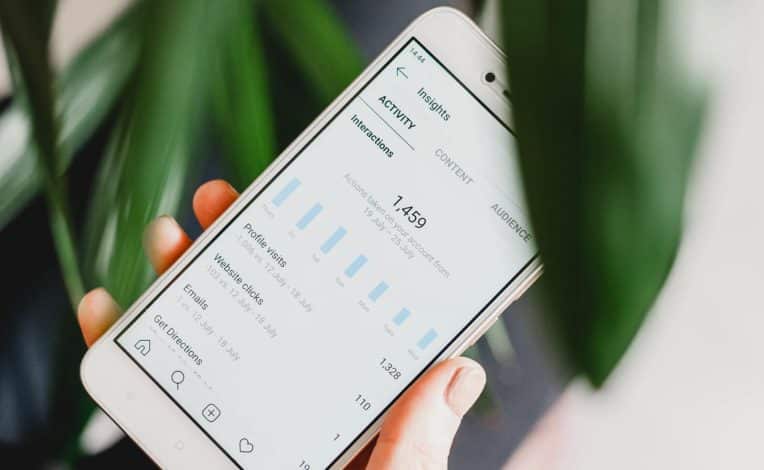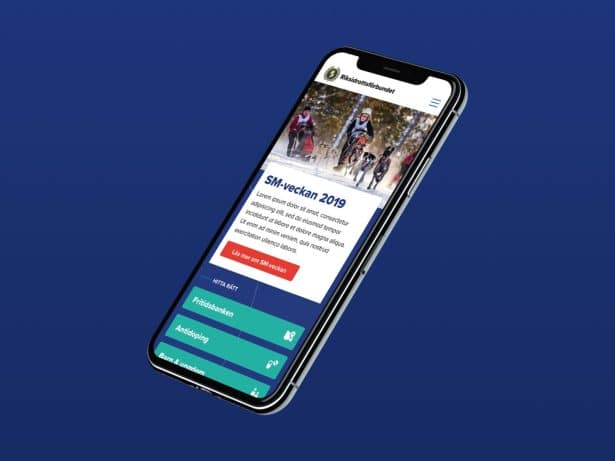Why conversion?
For many years, there has been a significant focus on brand building and creative communication, while the actual conversion process has often been overlooked. Here, we explain our approach to conversion optimization and why it is so important.
How does Mild work with conversion optimization?
A/B tests
A/B testing is an effective way to work with conversion optimization and test hypotheses. If we believe that a new feature will increase conversion, we can test this through A/B testing. This is a recurring approach for us, and we work with tools like Optimizely and Visual Website Optimizer.
Personalization
Personalisering involves creating a solution and user experience tailored to the specific needs of our visitor. The needs may vary depending on whether the visitor arrives via a Facebook ad or through Google. We can also observe how the visitor interacts with the website to target relevant information accordingly.
Landing pages
Unique landing pages are important for increasing conversion. The different landing pages can be customized for various target groups and depending on where the visitor is in the decision-making process. The landing pages are created to guide the visitor closer to the decision we want them to make.
Measurement and analysis
A fundamental part of all web-related work is measurement, analysis, and follow-up. Every effort we make to increase conversion or provide visitors with a more enjoyable experience is measured and followed up. This is an ongoing process. We work with tools such as Google Analytics (quantitative data analysis), Google Tag Manager, Hotjar (qualitative behavioral analysis), etc.




